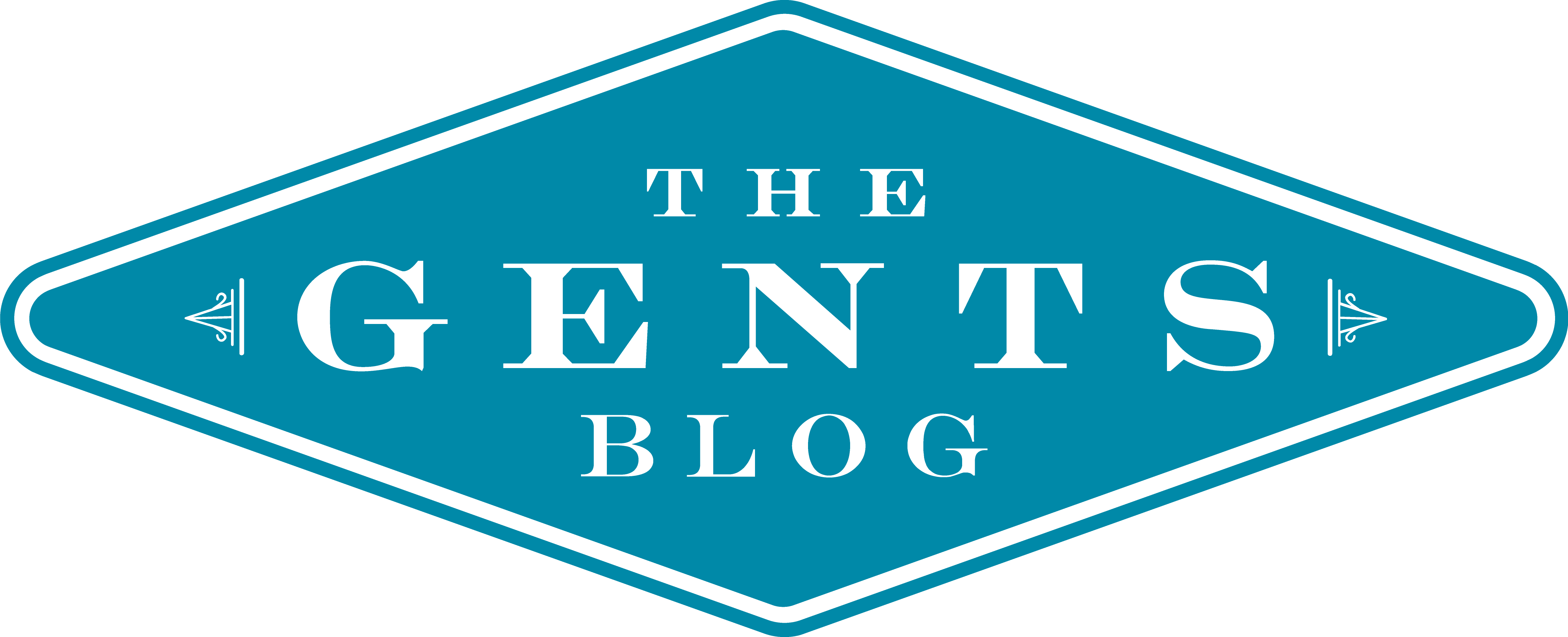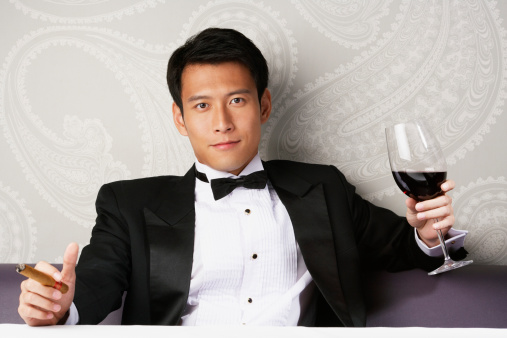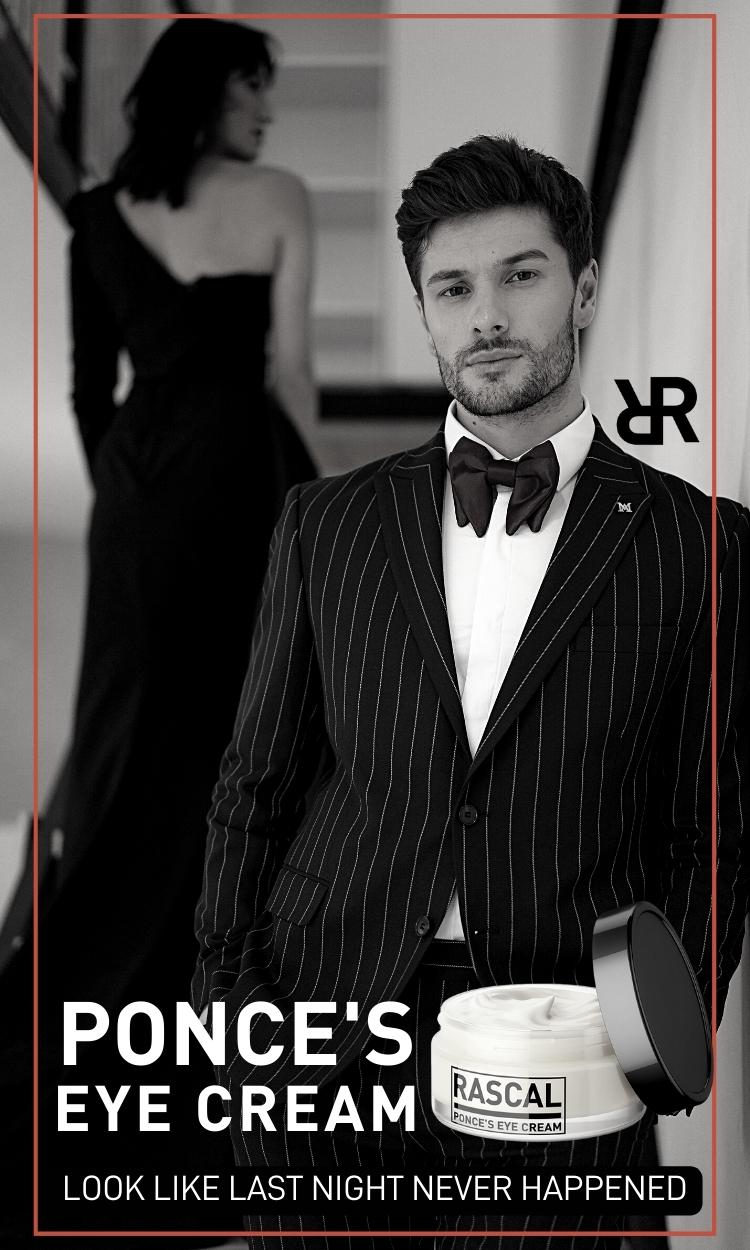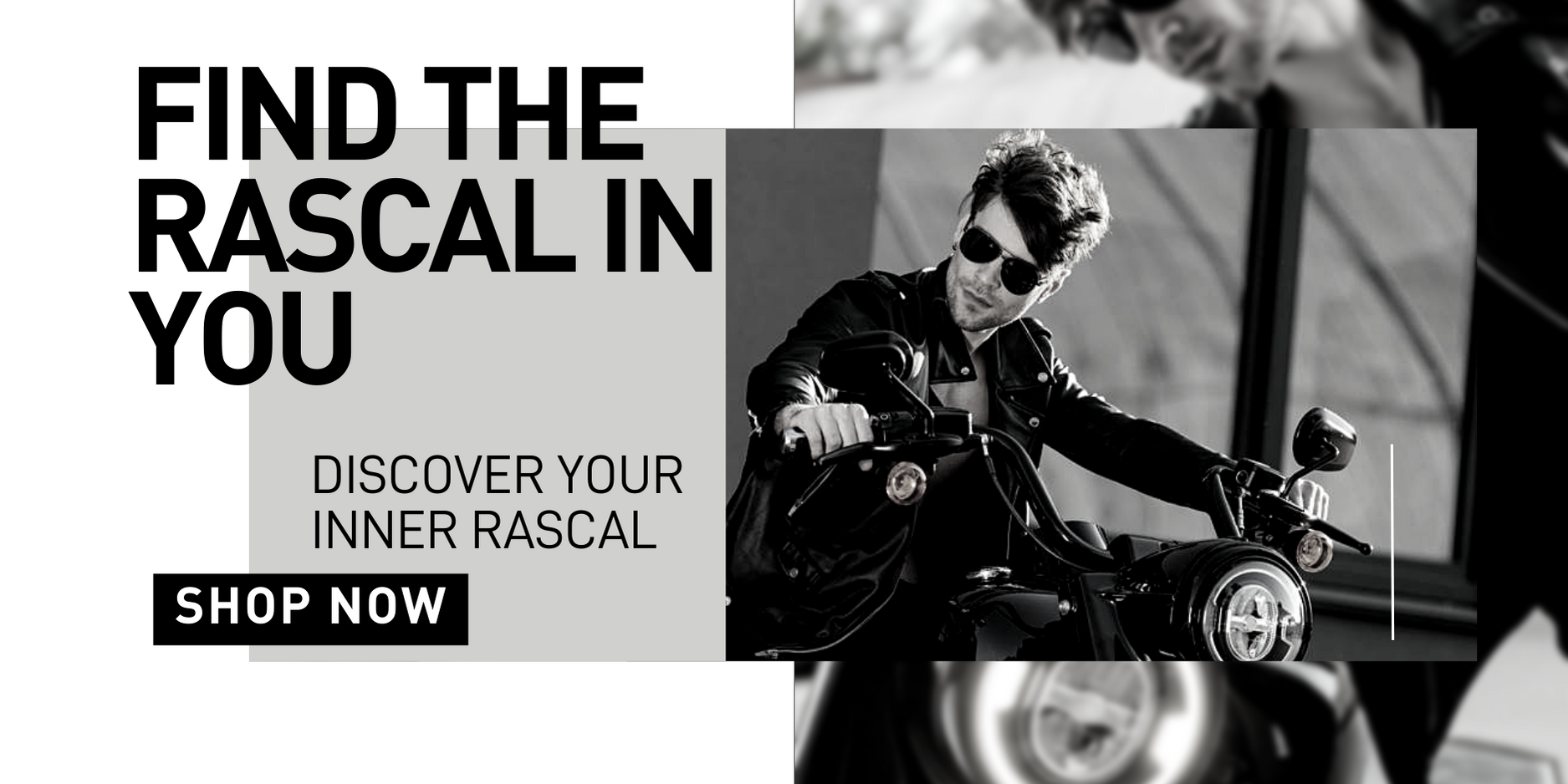Dressing well involves a certain degree of coordination among elements, but it more importantly involves coordination with an occasion. The same sport coat and open collar that lead to a winning combination at happy hour will have very different results in a room of dinner jackets, so it’s important to follow some guidelines in terms of dress codes. Here’s your quick gentleman’s cheat sheet in order of formality:
Black Tie: Whether “preferred,” “requested,” or “optional,” this means “dinner jacket” and “dinner jacket” means “black tuxedo.”
If you insist on standing out, midnight blue is also on the table for less classic affairs, but don’t misinterpret the “midnight” aspect. Outside of direct sunlight, the shade should be hardly distinguishable from black.
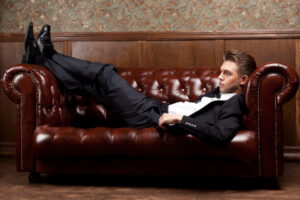 (Esquire has a great gallery of winning blacks and blues worth checking out).
(Esquire has a great gallery of winning blacks and blues worth checking out).
Business / Cocktail: Wear a suit and a tie, and you’re good to go. Greys and charcoals are fully playable here, as are blues and browns.
Dress Casual / Business Casual: This really boils down to “less formal than a suit and tie.”
If opting for a jacket or sport coat, avoid matching the pants directly and aim for some contrast. Broader ties will push you too close to formal, but skinnier ties are an option if you don’t want an open collar. Lose the jacket, though, and it’s open season on ties all day long.
For pants, wool or brushed cotton slacks will give you more style points than traditional khakis, but either is acceptable. Dark, fitted, non-distressed jeans can be an option as well . . . but only if you’re scaling up your shoes, shirt, and tie or jacket.
Save your polos for the weekend; depending on your office or venue, it’s possible they’ll meet expectations—but they won’t ever put you at the top, so why sell yourself short?
